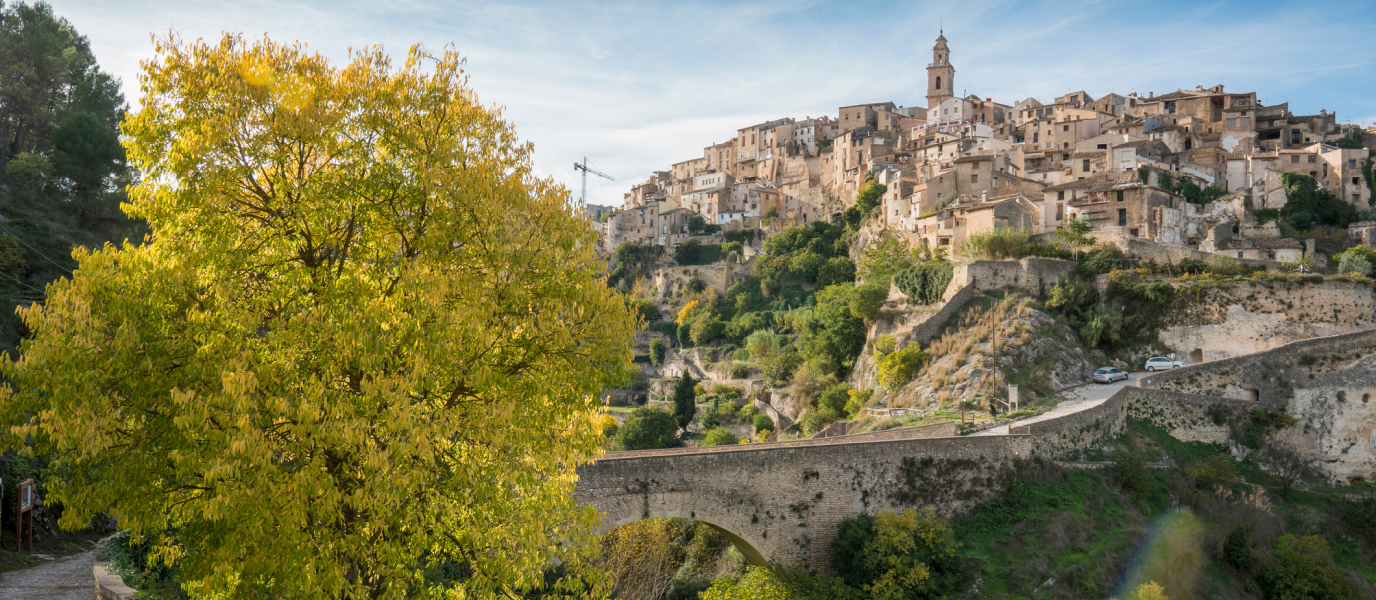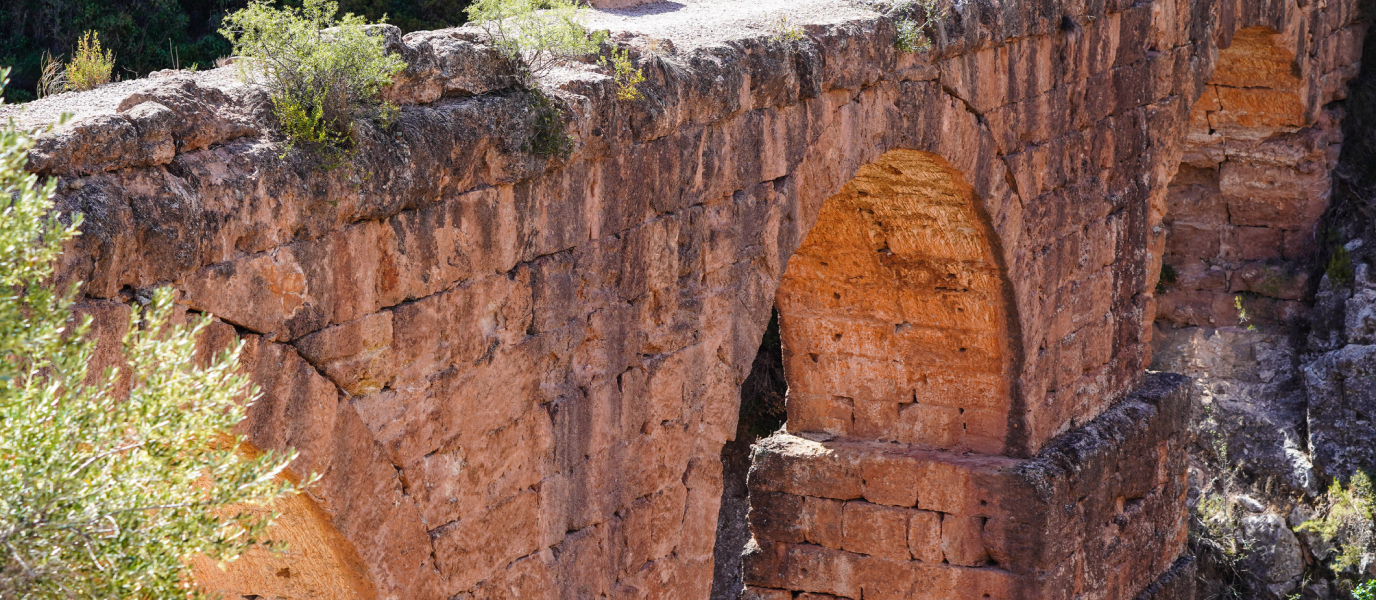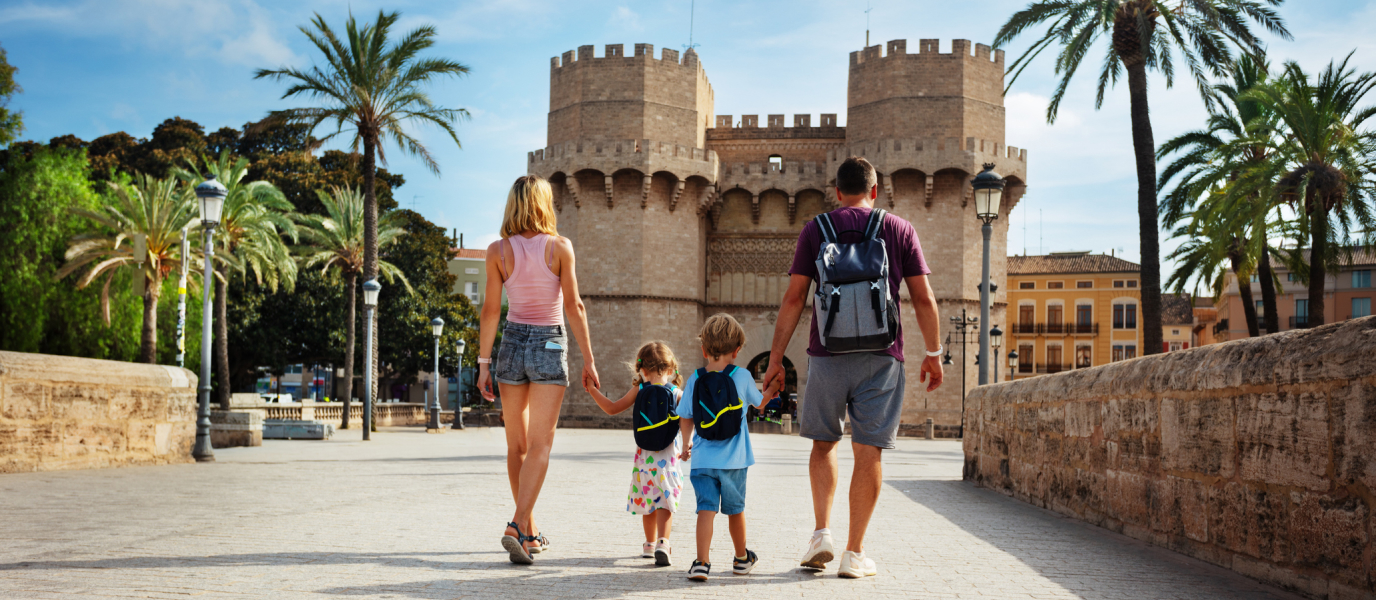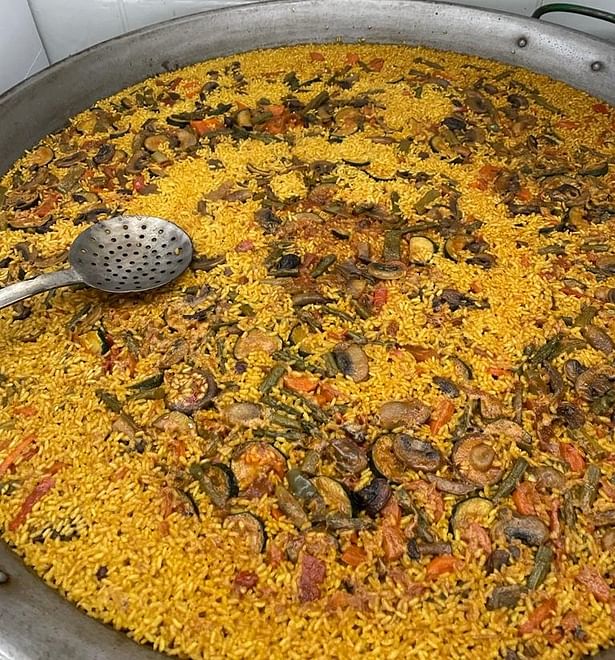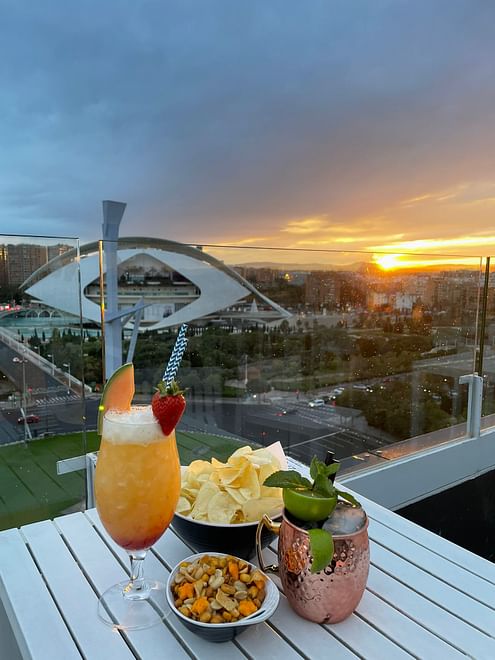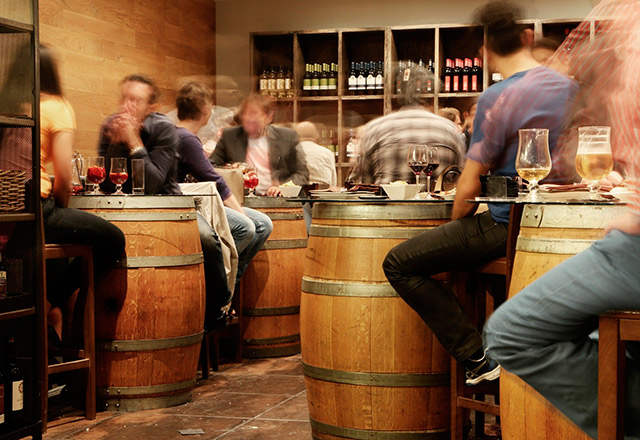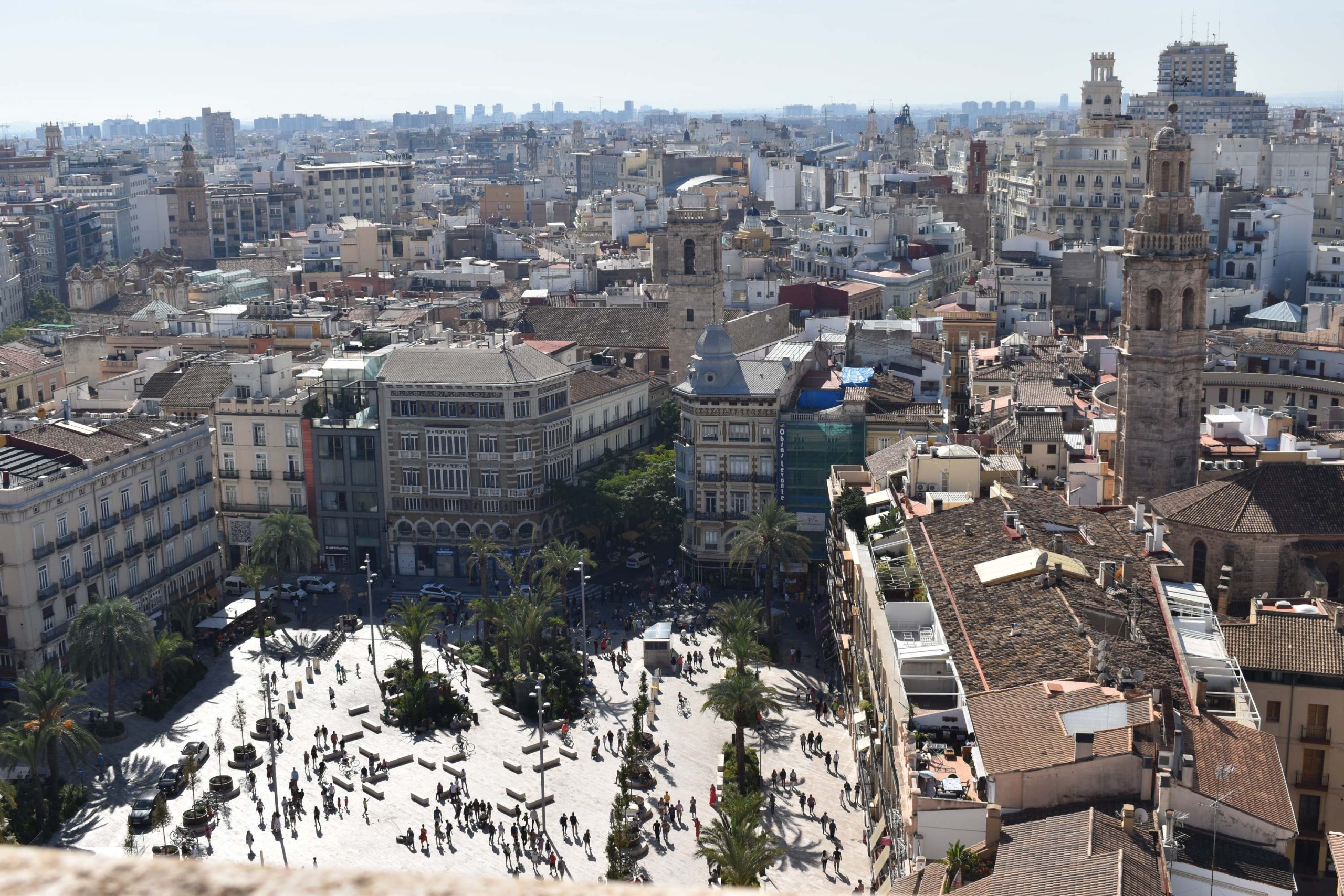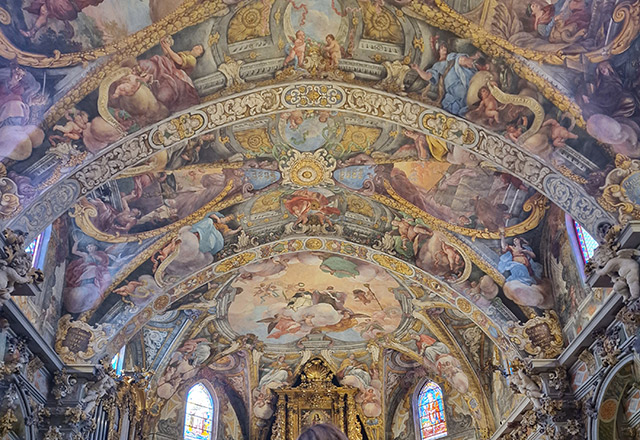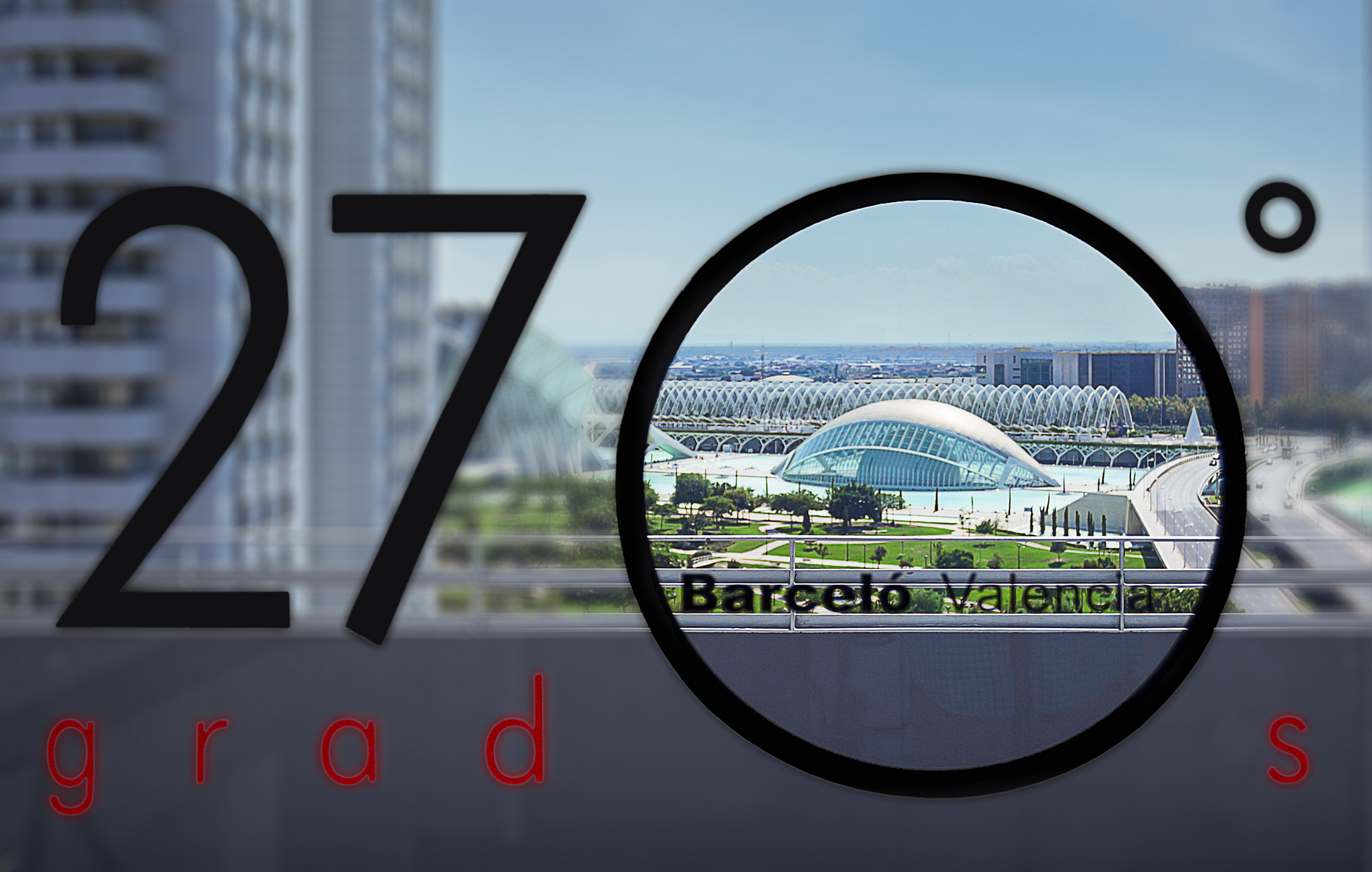Today Gandia is famous for being a tourist hotspot in both the Valencia Autonomous Region and the whole of Spain. Each year, and particularly in summer, hundreds of thousands of people come here to enjoy themselves. And with good reason, because Gandia has some of the best beaches on the Levante coastline.
Gandia also has a hugely successful nightlife with dozens of nightclubs and bars where the best Spanish and international DJs come to play.
Before it was discovered by tourists, Gandia was a place of great historical importance because it was home to a family that produced two popes and a saint: the Borgia.
Gandia’s beaches
L’Ahuir is unquestionably the most spectacular of all the beaches in Gandia. It’s a 2 km stretch of soft, continuous sand and remains unspoilt with few buildings in the area. It’s the favourite part of the coast of people hoping to beat the crowds and is especially popular with kitesurf fans. L’Ahuir is a beach that has great ecological importance. In fact, several wooden walkways have been built to preserve the integrity and beauty of the dunes that lead down to the sea.
In addition to l’Ahuir, Gandia also has other stunning beaches:
- Nord: The main city beach in the town. Almost 3 km of sand with the best hotels, apartments, restaurants and beach bars in Gandia. It’s bordered by a seafront promenade that is perfect for a walk or bicycle ride.
- Venecia: A small cove that is generally peaceful and is located next to the sailing club and port.
- Rafalcaid: A semi-urban beach that is also reached by walking through a belt of dunes where typically Mediterranean plant life flourishes.
- Varadero: People come here more for sunbathing than for the water and to enjoy the beach’s chill-out vibe with a sundowner or early evening cocktail.
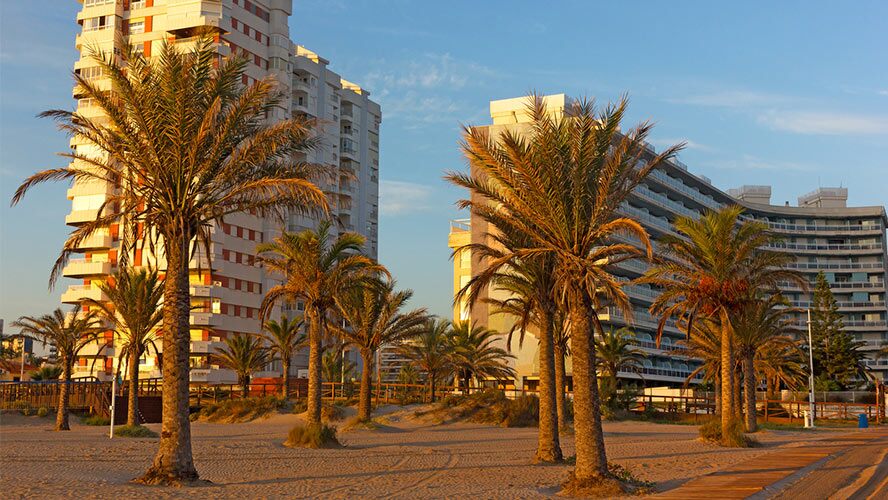
The legacy of the Borgia
The history of Gandia is closely entwined with the Borgia family, known as the Borja in Spain. They arrived in Gandia at the end of the fourteenth century and two members of the family became popes: Alexander VI and Callixtus III.
Apart from their historical legacy and notorious intrigues, the famous family built their Palau Ducal here. This magnificent medieval, Renaissance and Baroque building has a particularly impressive Saló de Corones [Crown Hall] with reliefs showing the different crowns used by members of the dynasty over the centuries.
The Gothic chapel, once the private office of Francisco de Borja and used for religious purposes after his death, is also extremely interesting. The Galeria Daurada [Golden Gallery] was built to commemorate his holiness and is one of the finest examples of the Valencian Baroque.
What else to see in Gandia
Traces of the Borgia can be found in many other monuments in Gandia. For example, the Col·legiata de Santa Maria church is decorated with the family’s crests. The eminent family were essential to the construction of this temple and encouraged the involvement of some of the best artists of the period.
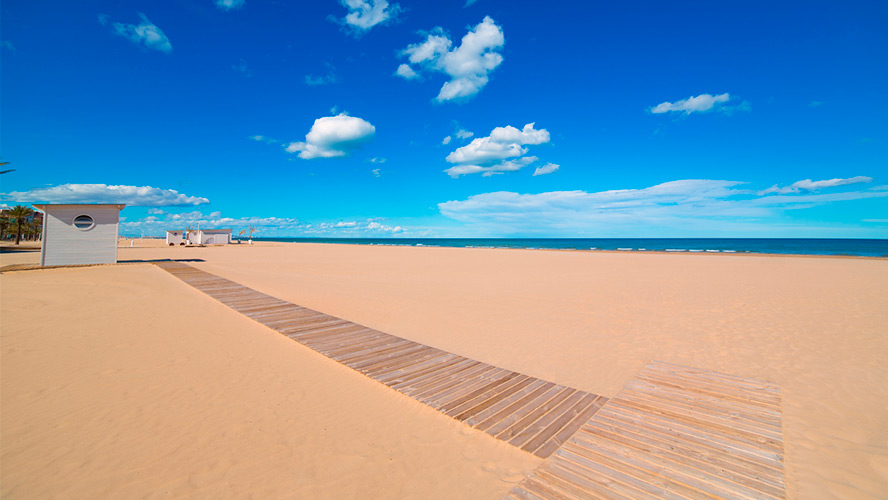
The following monuments and centres of culture and history are also worth visiting:
- Museu Arqueològic: The Archaeology Museum is housed in the old Hospital de Sant Marc. It exhibits the most important discoveries unearthed in the town and surrounding area with some items dating as far back as the Palaeolithic Age.
- Santa Clara is next to the museum and has a large collection of paintings and sculptures by artists such as Salzillo and Pedro de Mena, plus religious gold and silverwork.
- Torrelló del Pi: This tower that is a remnant of the wall that surrounded the city in the sixteenth century.
- Antiga Universitat: University founded by Saint Francis Borgia, now a school.
- El Grao: Gandia’s seafaring neighbourhood. When the fishing boats return to the port each afternoon, an auction is held to sell their catches. It’s a great place to enjoy some local food, especially fideuá [typical noodle dish].
- Sant Jeroni de Cotalba: Only part of this fourteenth-century monastery is open to the public. After the Mendizábal Disentailment in mid-nineteenth century it was acquired by the Trenor family.
The best nightclubs
Gandia is famous for its nightlife, particularly during the summer. The young, and not so young, flock here from around the world, drawn to a party scene that often doesn’t end until sunrise.

Some of the most popular spots are:
- Falkata (Camí Vell de València, 15): A classic that has known how to reinvent itself, always moving with the times to entertain a young clientele who want to have a great time. In fact, it’s a typical spot for stag parties and hen-dos.
- Bacarrá (Legazpi, 7): Its mixing deck has seen some of the biggest DJs names in Spanish and international music and its huge capacity always impresses. The club mainly specialises in disco and house music.
- Cocoloco (Camí Vell de València, 120): For years this nightclub has been a compulsory destination for dance music lovers. An often wild atmosphere with music as good as the club’s history deserves.
- Eclipse (Les Barraques, 79): Popular with a slightly older crowd than the previous clubs. The music isn’t quite as intense but it’s equally as fun.





































































